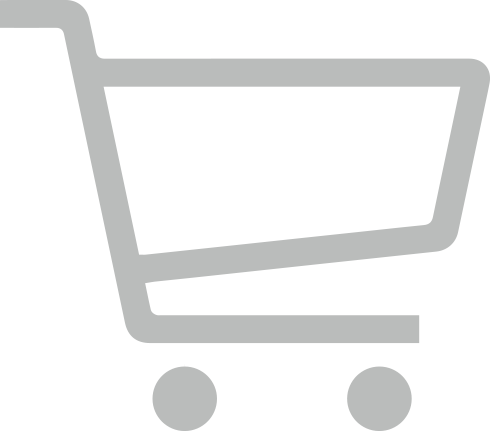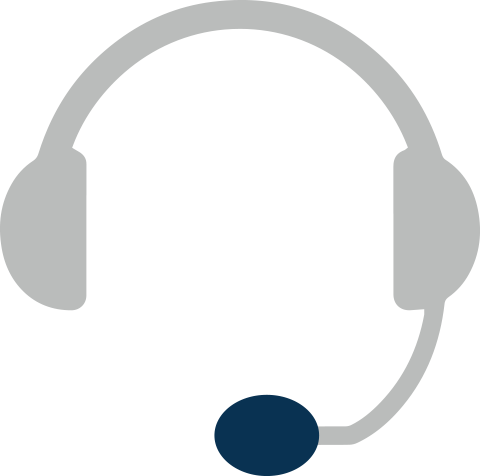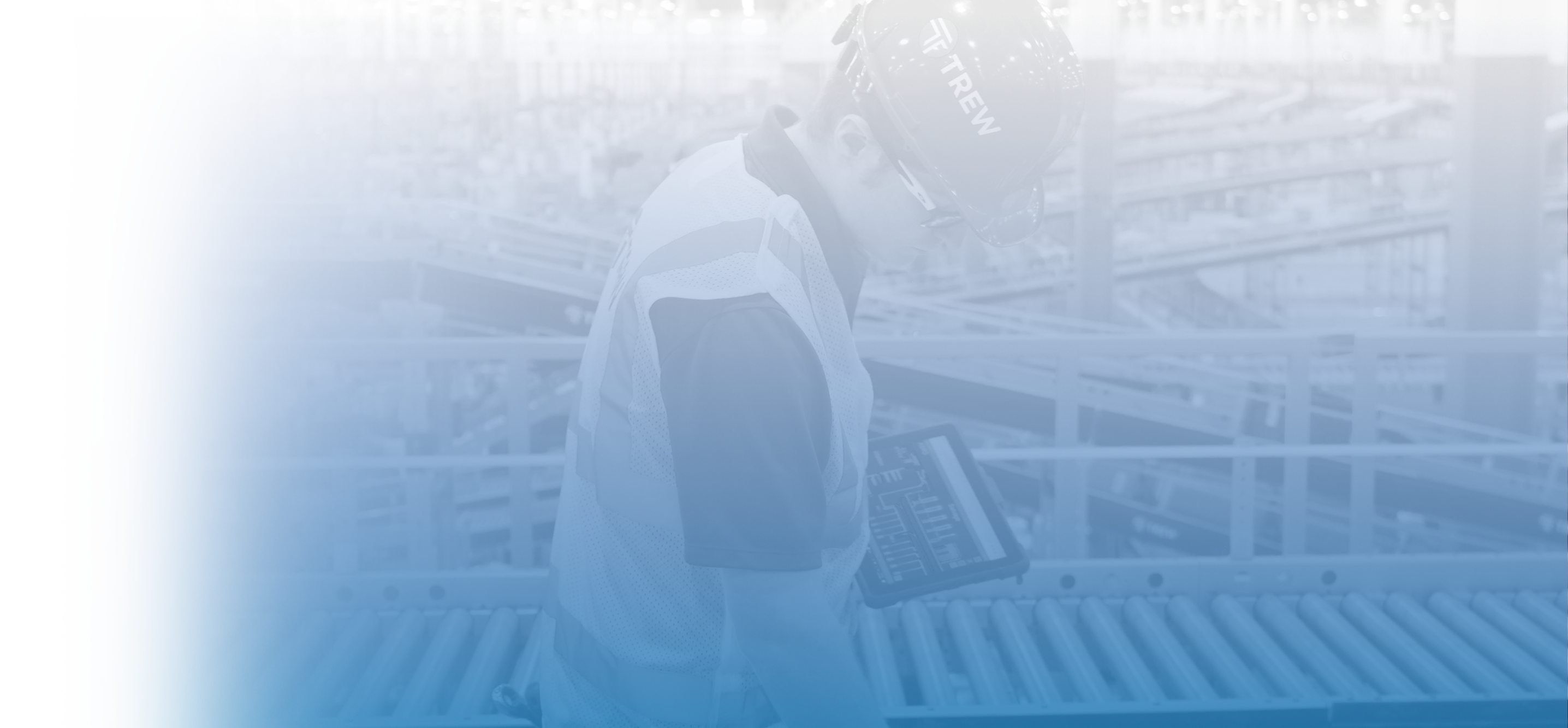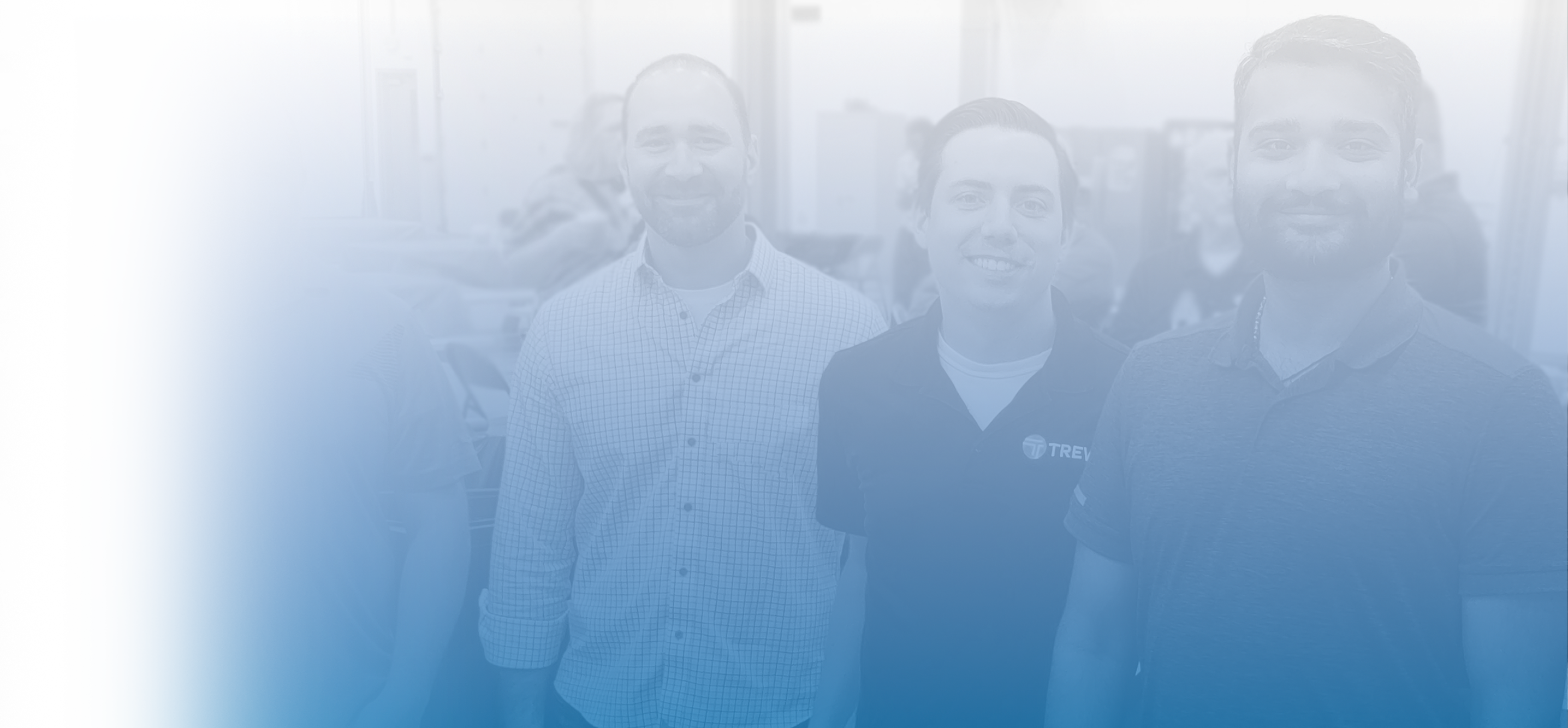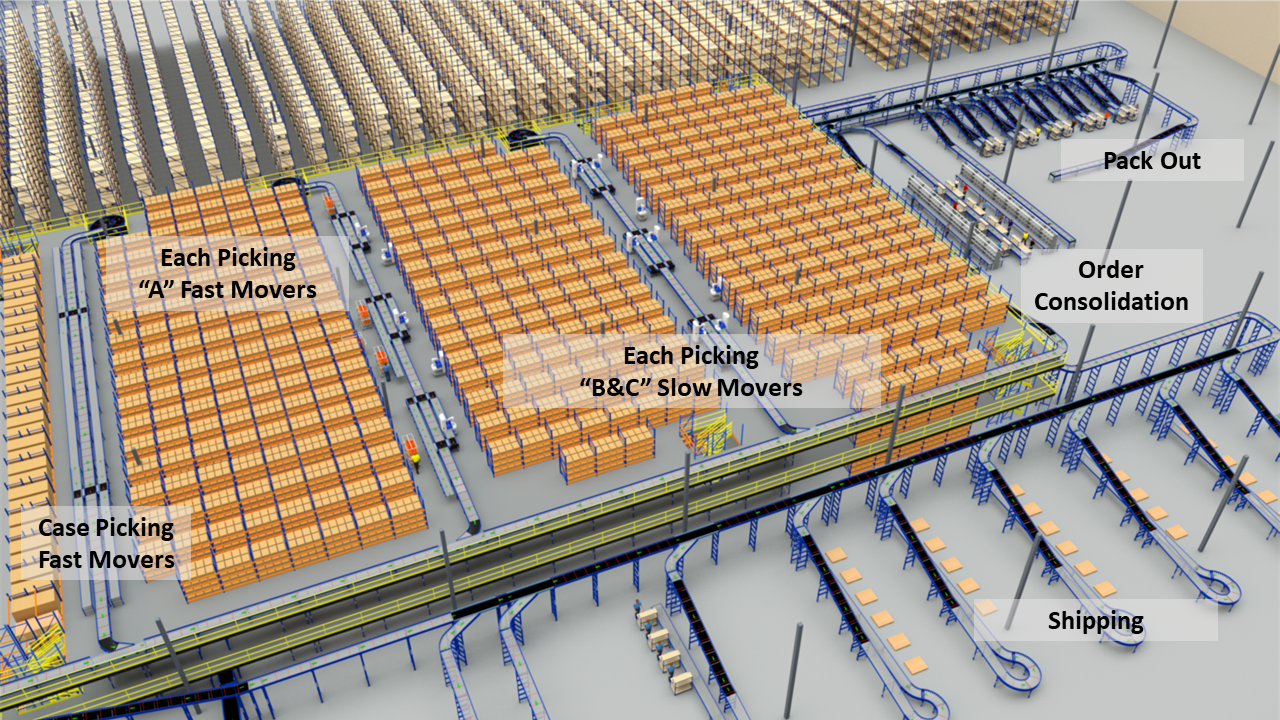TREW Talk : SKU Proliferation and What to Do About It
Earlier this year the National Retail Federation (NRF) projected retail growth of 3.8% to 4.4%, while the Business Insider reports the “retail apocalypse” is raging with almost 6,000 store closings announced for the year.
Seems the shifting retail landscape has made the survival of successful brands all about connecting directly with customers and providing choice – what the customer wants, when they want it.
What’s SKU Proliferation?
Retail Touchpoints answered the question How Many Products Does Amazon Carry? They reported that Amazon sells over 12 million products online, more than 353 million if you add in the Amazon Market Place sellers. Now that is a lot of customer choice.
The drive to attract and retain customers incentivizes retailers to offer more comprehensive one-stop shopping experience for styles, colors, options, sizes, and packaging greatly increasing the number of SKUs (stock keeping units). As a retailer’s offering expands, the implications on fulfillment operations is profound.
When does 1=50=250? Say for example a retailer adds a t-shirt for your favorite microbrewery to their offering. They offer it in five colors (white, grey, blue, black and red) and five sizes (XS, S, M, L, XL). That means they just added 25 SKUs to their inventory. Now add a male and female version, and they added a total 50 SKUs for 1 shirt. If they keep five items of each in stock, that is 250 inventory items. Their fulfillment operations now need to keep track of the SKUs and items so they pick, pack and ship to deliver on the customer’s demand expectations. The impact of providing choice to the customer is a growing number of SKUs to be handled by fulfillment operations, better known as SKU Proliferation.
What’s the impact of SKU Proliferation?
The more you offer, the more you store, the more costs increase. The added SKU count means storing more items in more locations creating challenges like:
-
Increased amounts of inventory, and cost
-
More pick locations, replenishments, and cycle counts
-
More travel time and pick zones visited
-
More cost per order shipped
-
Lower SKU affinity and order commonality
-
Lower accuracy due to SKU mis-identity
Most fulfillment operations have successfully honed their picking process for how they handle fast moving “A” SKUs that represent 80% of their fulfillment volume, and 20% of their SKUs. SKU proliferation brings into focus the need to improve the efficiency and effectiveness of fulfilling orders that include items in the long tail made by 80% of their SKUs.
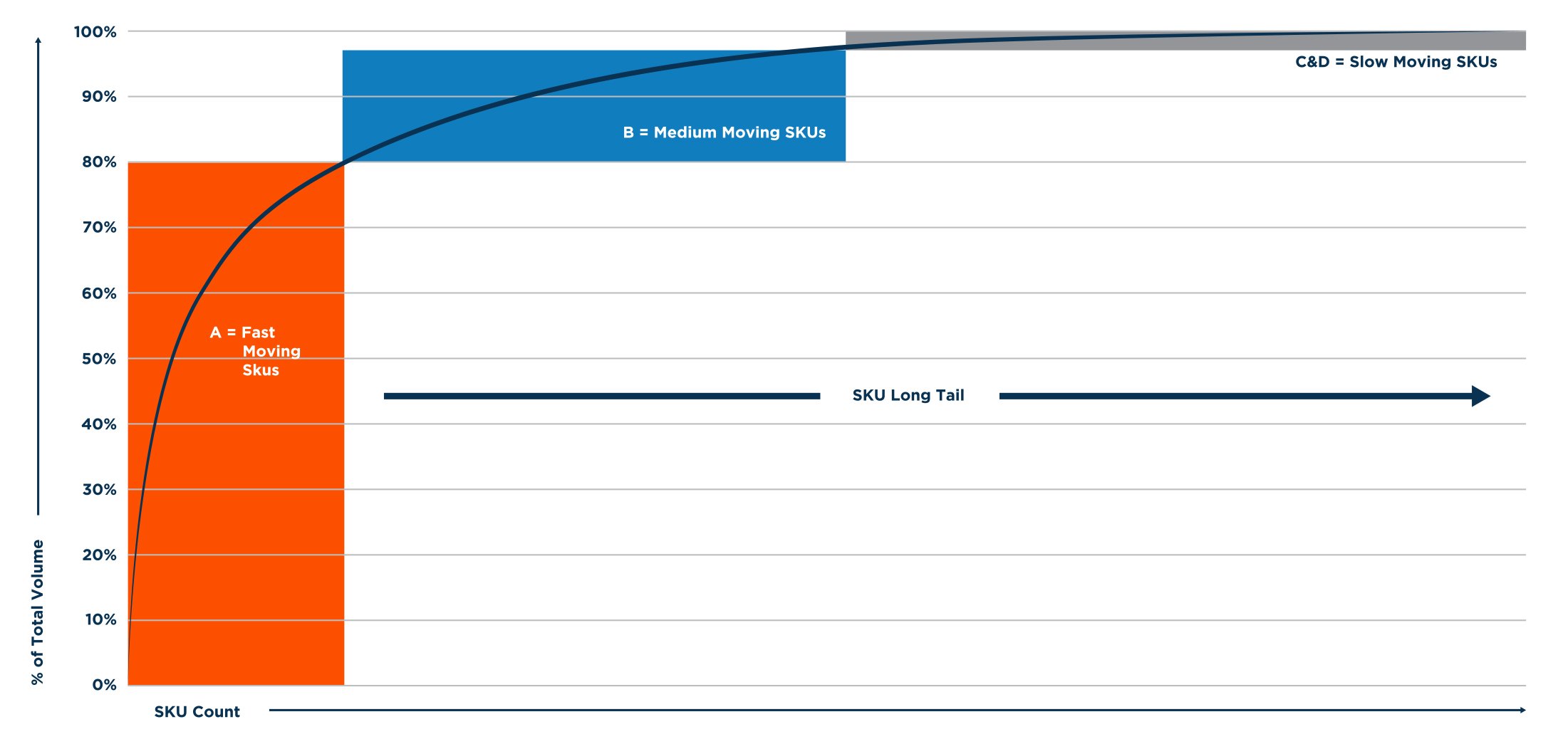
ABC SKU Movement Paetro
How do you think about solutions?
With a high SKU population and lower movement per SKU, goods-to-operator solutions begin to make sense. These are solutions where automation brings stored SKUs to an operator for picking. In traditional solutions the operator walks to the inventory to make a pick. Goods-to-operator solutions typically involve large and complex storage retrieval systems that can provide a great initial answer. Their business case often begins to weaken when the design is driven by storage cube and SKU accessibility rather than throughput, the key enabler to reduce labor effort. As business changes the type of SKUs being handled change, and the fixed automation may have trouble adapting.
Interesting. Most multi-line e-commerce orders need one C or D slow moving item, with 60% to 70% of the orders needing to visit 2 or more types of picking zones to be fulfilled. This drives up operational complexity and costs in the operation to fulfill orders. There is rarely a one size fits all approach for how to handle storing and picking SKUs as A & B movers may fit with one strategy, while handling the D & C’s fit another.
Autonomous mobile robots offer an alternative for a better ROI and faster implementation with B C & D SKUs that have smaller quantity of inventory. These SKUs can often fit well on shelving and get utilization rates of 75% or greater. Paired with autonomous robotics like IAM Robotics Swift Product Suite, a solution can reduce order completion times, unproductive picking travel time, and the overall amount of labor required by an operation.
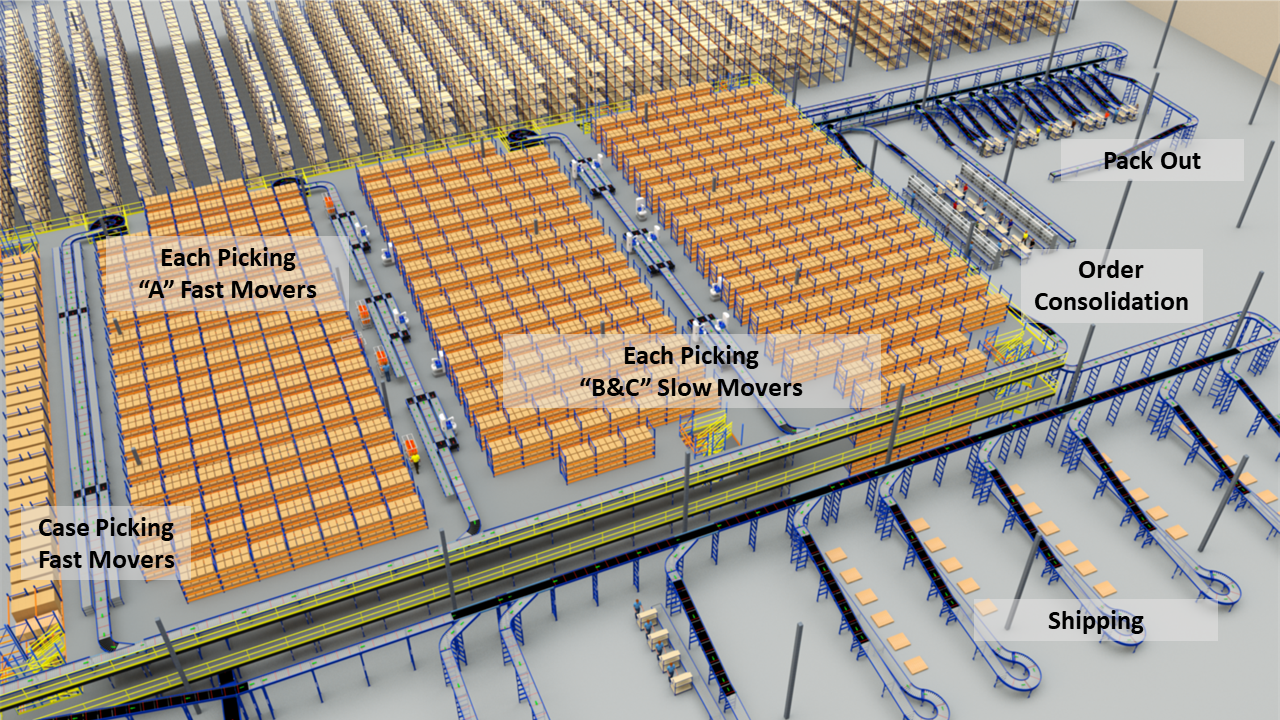
Sample Solution with “A” Fast Moving and “B&C” Slow Moving SKUs
A system solution brings together people, process and equipment to create a result. SKU proliferation makes you rethink how to go about order processing, inventory movement, storage, labor requirements, coordination, not to mention the software and technologies required for a successful implementation.
Getting to the answer requires collaboration and data. Organizations like TREW and IAM Robotics can help.
